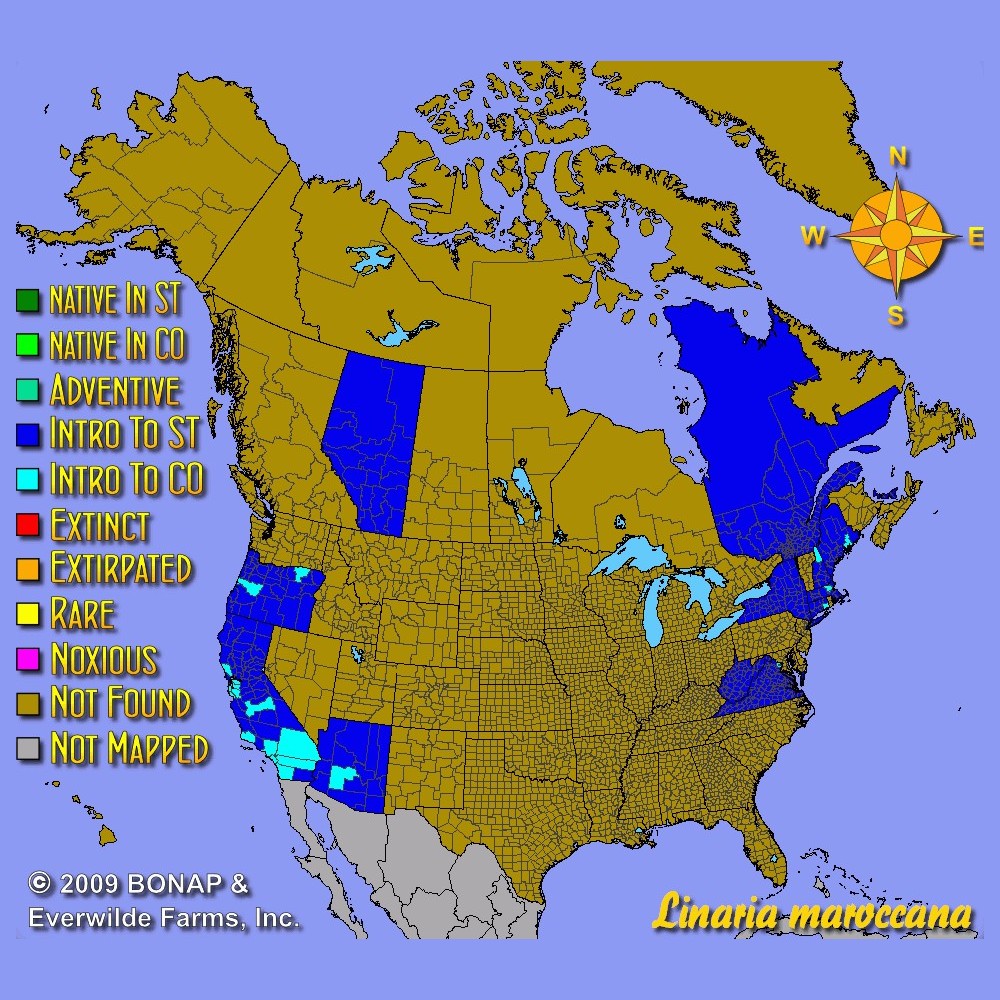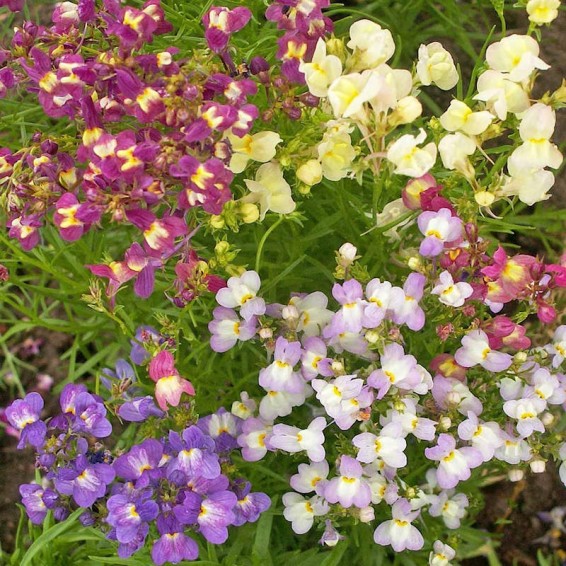Fairy Bouquet Snapdragon Seed Mix
- HOW TO GROW
- FAST FACTS
- REVIEWS
HOW TO GROW
Sowing: Direct sow in late fall or early spring, just below the surface of the soil. To start indoors, sow the seed 6-8 weeks before the last frost of spring; keep the soil evenly moist until germination. Transplant the seedlings as soon as they can safely be handled.
Growing: Water seedlings and control weeds until they become established; mature plants also flourish with occasional watering. The blooming of these plants decreases with the heat of summer; cut back the foliage after blooming has ended, unless seeds are being harvested. This plant self-sows in good conditions. It als makes an excellent container or border plant, and attracts butterflies and hummingbirds.
Harvesting: These blooms make excellent cut flowers. Choose stalks with flowers that have just opened and place them in water immediately; strip the foliage that will fall below the surface of the water.
Seed Saving: After blooming, this plant will produce seed heads that eventually release their seeds. Watch the heads carefully and gather the seed as soon as it has ripened. Store in a cool, dry place.
FAST FACTS
Common Names: Morroccan Toadflax, Baby Snapdragon, Spurred Sbnapdragon
Latin Name: Linaria maroccana
Species Origin: Introduced US Wildflower
Type: Garden Flowers
Life Cycle: Annual
USDA Zones: 1, 2, 3, 4, 5, 6, 7, 8, 9, 10, 11, 12
US Regions: California, Mountain, Arid/Desert, Plains/Texas, Midwest, Northern, Northeast, Southeast
Seeds per Ounce: 420,000
Stratification: No Stratification
Germination Ease: No Stratification
Sunlight: Full Sun, Part Sun
Height: 12 Inches
Color: Mixed, Pink, Yellow, Purple
Bloom Season: Blooms Late Spring, Blooms Early Summer, Blooms Late Summer
Beautiful flowers
I scatter these enchanting flower seeds all over my Southern California perennial garden in early spring. They sprout quickly and last quite a while. I do a second scattering in late spring. They are difficult to thin because the seeds are almost microscopic, so I just let nature take it's course.
fun flowers
These tiny flowers add a nice touch to the yard.
Very good quality
These are very good quality seeds - and they stay very fresh in their foil packets. Amount in each packet is generous - would definitely recommend.
Beautiful!
I scattered these delicate linaria all over my large back yard last March and April, concentrating quite a few in my 'wild flower' area. They are easy to grow, prolific, last quite a while, and so pretty with any other plants in the garden, especially as a front border. The seeds have re-sprouted early (December) this year, so I will scatter more seeds later this spring. I am in Zone 10, southern California. The sprouts are hard to thin, so it's best to go easy when you scatter seeds.
DESCRIPTION

HOW TO GROW
Sowing: Direct sow in late fall or early spring, just below the surface of the soil. To start indoors, sow the seed 6-8 weeks before the last frost of spring; keep the soil evenly moist until germination. Transplant the seedlings as soon as they can safely be handled.
Growing: Water seedlings and control weeds until they become established; mature plants also flourish with occasional watering. The blooming of these plants decreases with the heat of summer; cut back the foliage after blooming has ended, unless seeds are being harvested. This plant self-sows in good conditions. It als makes an excellent container or border plant, and attracts butterflies and hummingbirds.
Harvesting: These blooms make excellent cut flowers. Choose stalks with flowers that have just opened and place them in water immediately; strip the foliage that will fall below the surface of the water.
Seed Saving: After blooming, this plant will produce seed heads that eventually release their seeds. Watch the heads carefully and gather the seed as soon as it has ripened. Store in a cool, dry place.
FAST FACTS
Common Names: Morroccan Toadflax, Baby Snapdragon, Spurred Sbnapdragon
Latin Name: Linaria maroccana
Species Origin: Introduced US Wildflower
Type: Garden Flowers
Life Cycle: Annual
USDA Zones: 1, 2, 3, 4, 5, 6, 7, 8, 9, 10, 11, 12
US Regions: California, Mountain, Arid/Desert, Plains/Texas, Midwest, Northern, Northeast, Southeast
Seeds per Ounce: 420,000
Stratification: No Stratification
Germination Ease: No Stratification
Sunlight: Full Sun, Part Sun
Height: 12 Inches
Color: Mixed, Pink, Yellow, Purple
Bloom Season: Blooms Late Spring, Blooms Early Summer, Blooms Late Summer
Reviews
Review
Beautiful flowers
I scatter these enchanting flower seeds all over my Southern California perennial garden in early spring. They sprout quickly and last quite a while. I do a second scattering in late spring. They are difficult to thin because the seeds are almost microscopic, so I just let nature take it's course.
Review
fun flowers
These tiny flowers add a nice touch to the yard.
Review
Very good quality
These are very good quality seeds - and they stay very fresh in their foil packets. Amount in each packet is generous - would definitely recommend.
Review
Beautiful!
I scattered these delicate linaria all over my large back yard last March and April, concentrating quite a few in my 'wild flower' area. They are easy to grow, prolific, last quite a while, and so pretty with any other plants in the garden, especially as a front border. The seeds have re-sprouted early (December) this year, so I will scatter more seeds later this spring. I am in Zone 10, southern California. The sprouts are hard to thin, so it's best to go easy when you scatter seeds.





